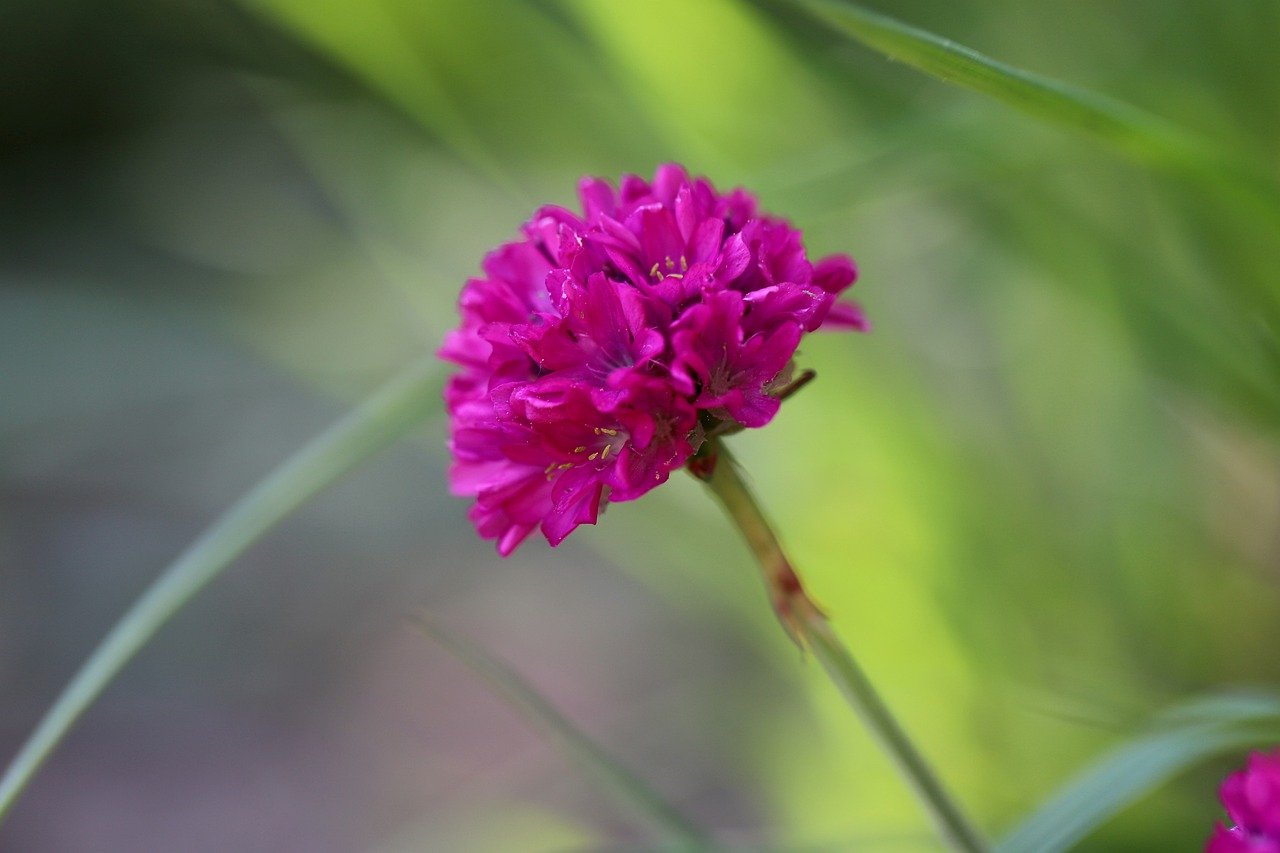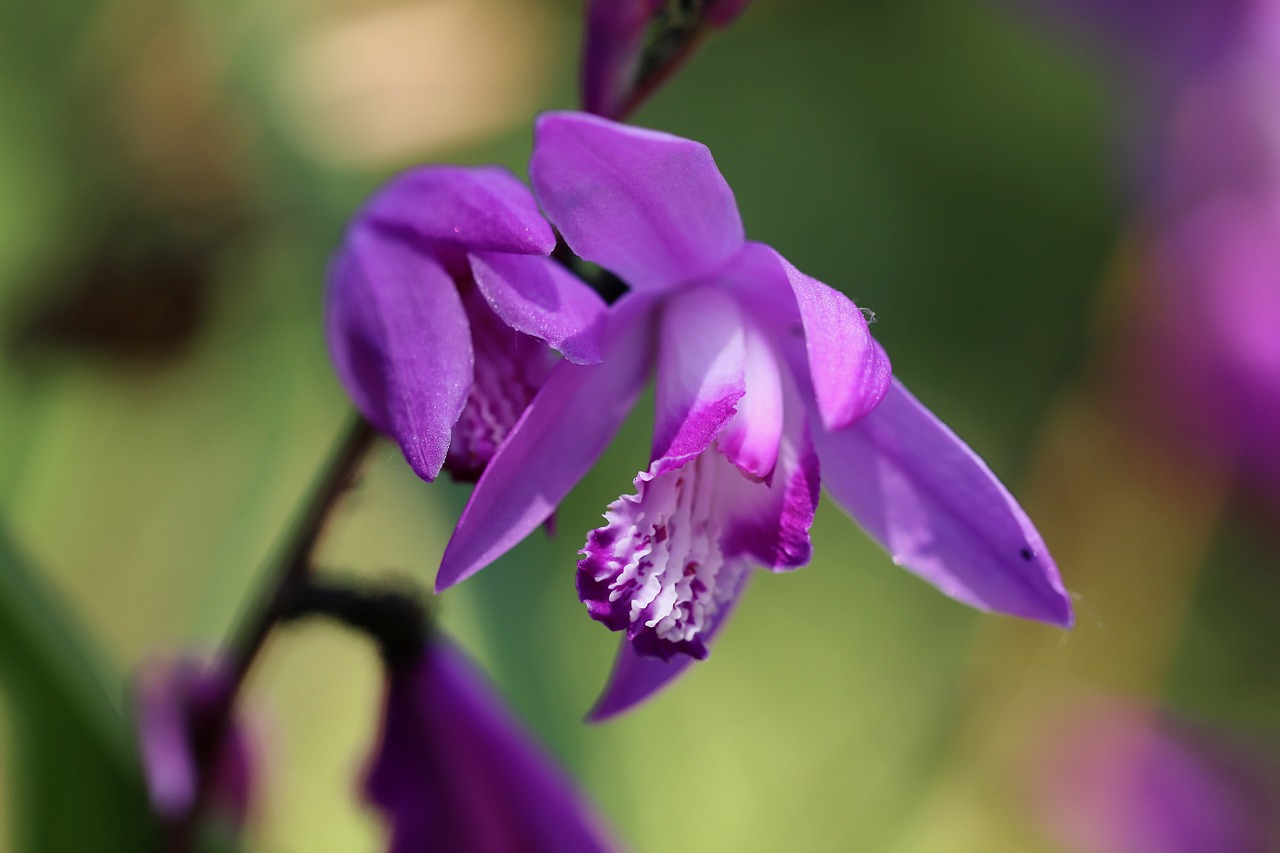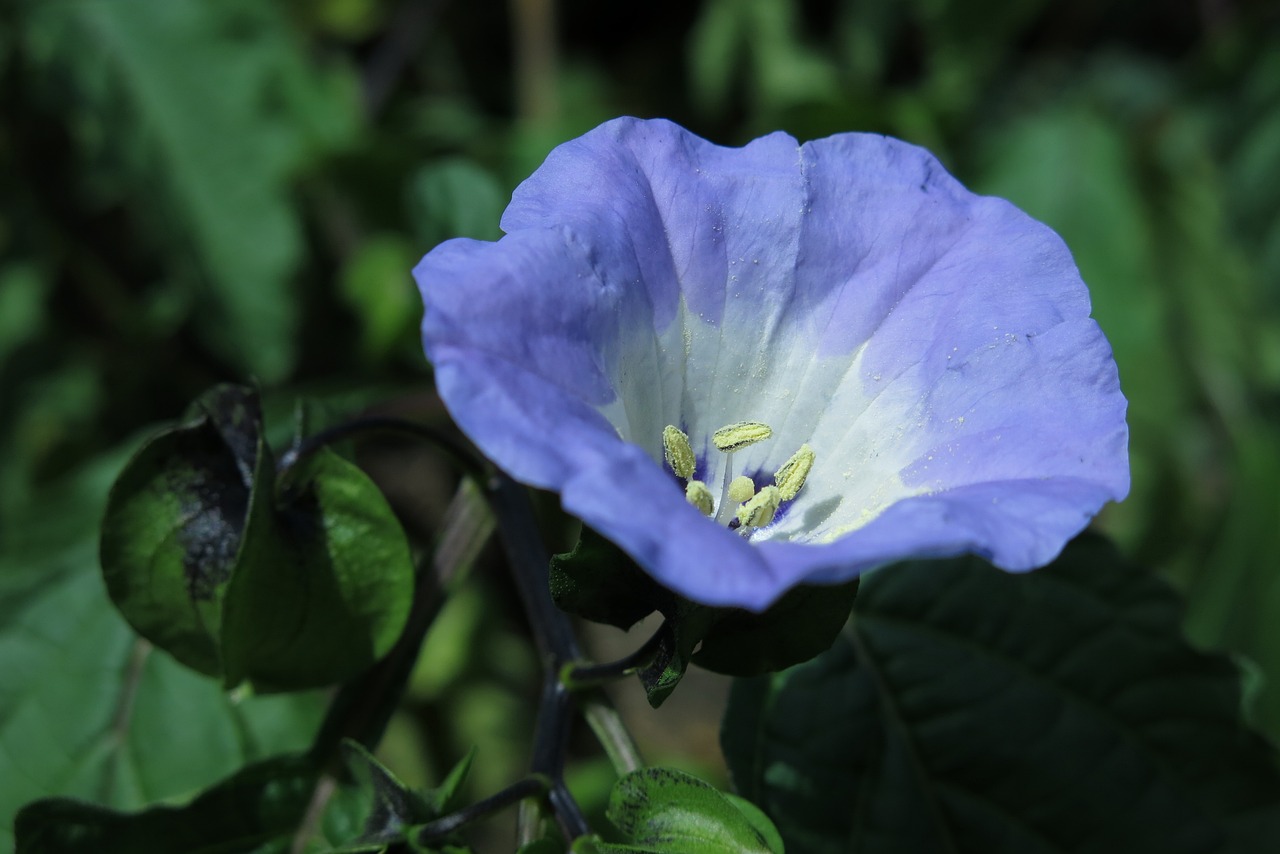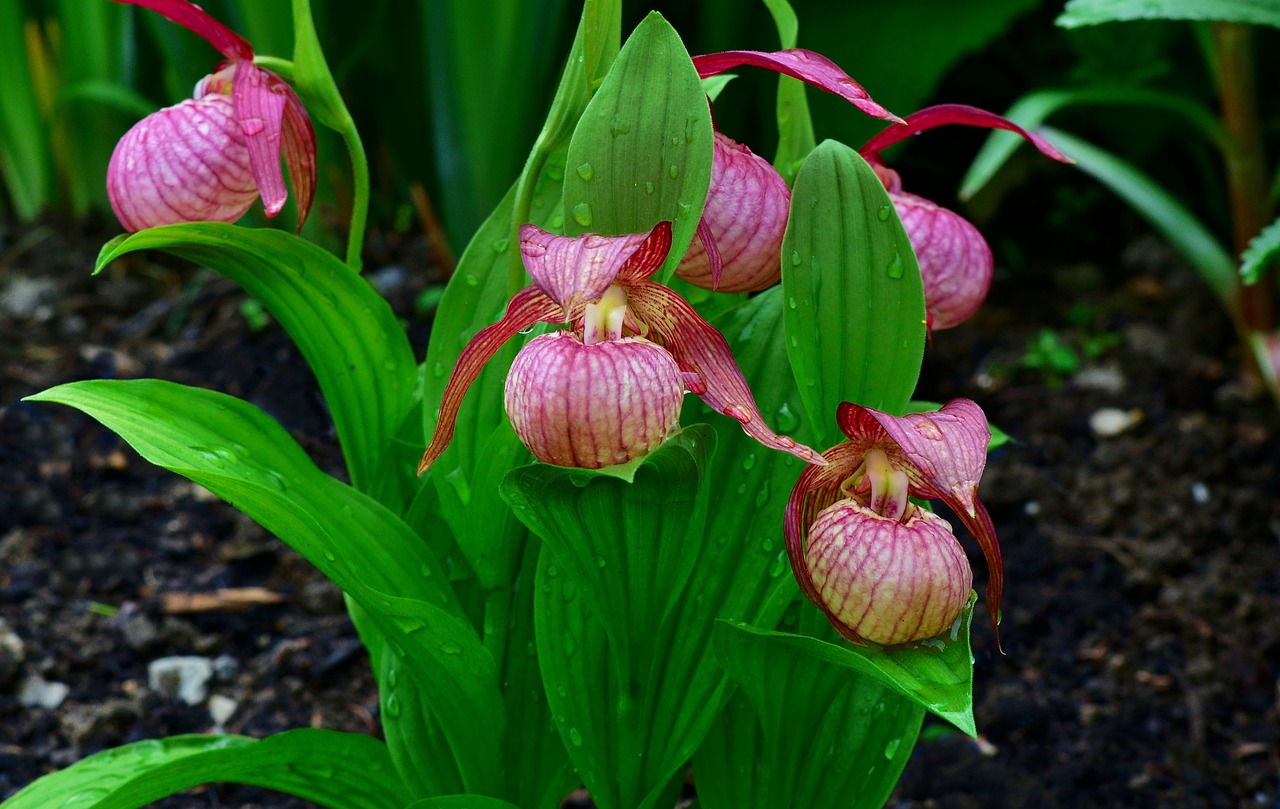Phuopsis stylosa | A Soft Pink Carpet Blooming on the Hills of the Caucasus
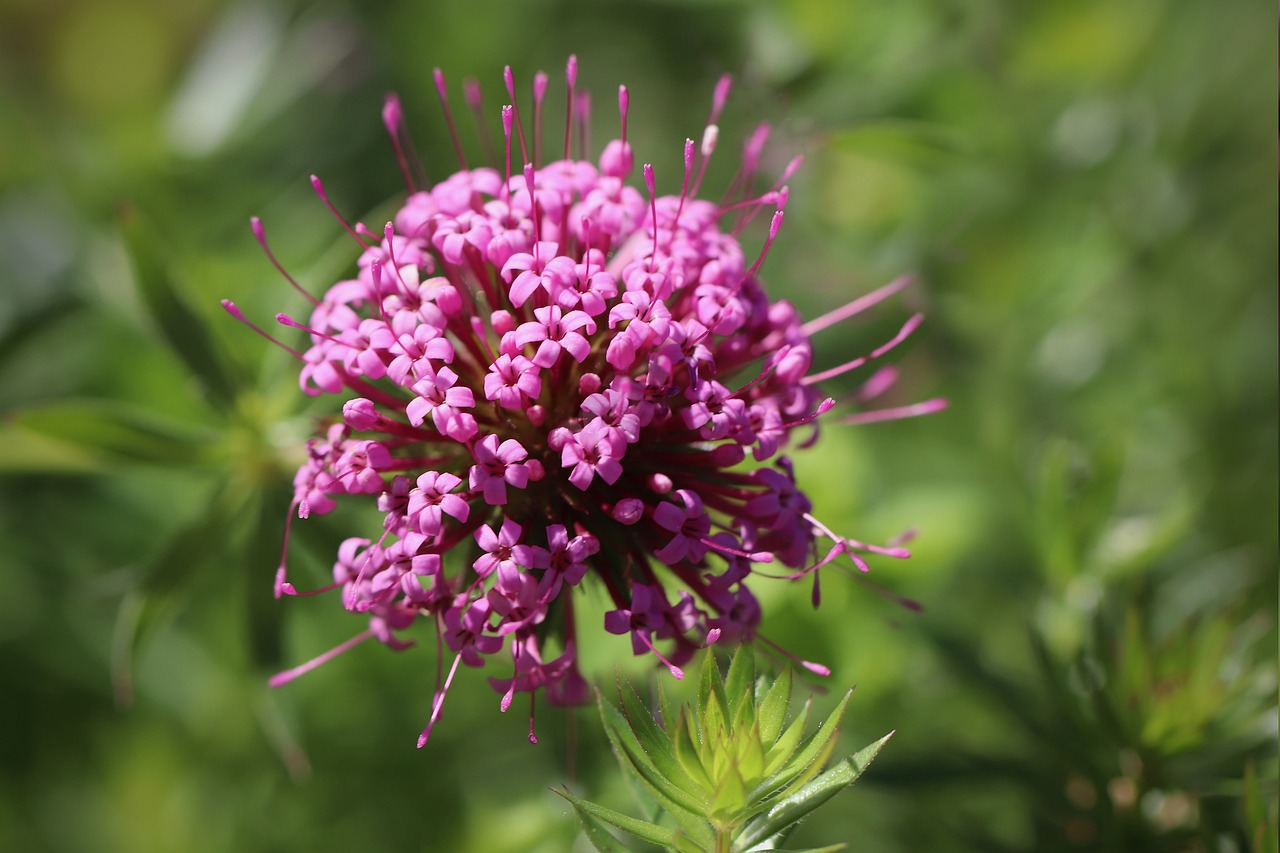
I introduce Phuopsis stylosa, a perennial plant admired for its dense, rounded clusters of small flowers and its sweet fragrance. With slender stems and delicate leaves, it is also popular as a ground cover.
Beyond its ornamental use in gardens and flowerbeds, it is cherished as a fragrant plant that enhances the atmosphere of any space.
In this article, I will present the basic information, cultural and historical background, and gardening tips for Phuopsis stylosa.
Basic Information
- Scientific name: Phuopsis stylosa
- Family: Rubiaceae
- Origin: Caucasus region, northern Iran
- Appearance: The stems spread along the ground, with slender leaves growing in whorls. From early to mid-summer, clusters of pink flowers bloom in spherical shapes, releasing a gentle fragrance throughout the garden.
- Flowering period: May–July
Cultural Significance Around the World
Thanks to its fragrance and delicate appearance, Phuopsis stylosa has long been appreciated in Europe, where garden culture flourished. It is often used as ground cover or as an accent in rock gardens, adding elegance through its soft color and aroma.
In parts of the Caucasus, it is valued as a native wildflower that decorates mountain pastures and slopes. It is cherished as a seasonal marker and as part of the region’s natural flora.
In recent years, it has also gained attention among gardeners who favor natural-style gardens and fragrant plants, often being incorporated as part of sustainable gardening practices.
Historical Background
Phuopsis stylosa became widely known as an ornamental plant in Europe during the 19th century.
Particularly in England and Germany, it was highly regarded in rock gardens and scented gardens for its refined appearance and fragrance.
Belonging to the Rubiaceae family, it is related to genera such as Cinchona and Galium. However, thanks to its distinctive blossoms and aroma, Phuopsis stylosa was recognized early on for its ornamental value.
It was also recorded in 19th-century botanical illustrations and gained attention among plant enthusiasts and naturalists as a rare wildflower from the Caucasus. Over time, breeding and cultivation allowed it to adapt to various climates.
Gardening Advice
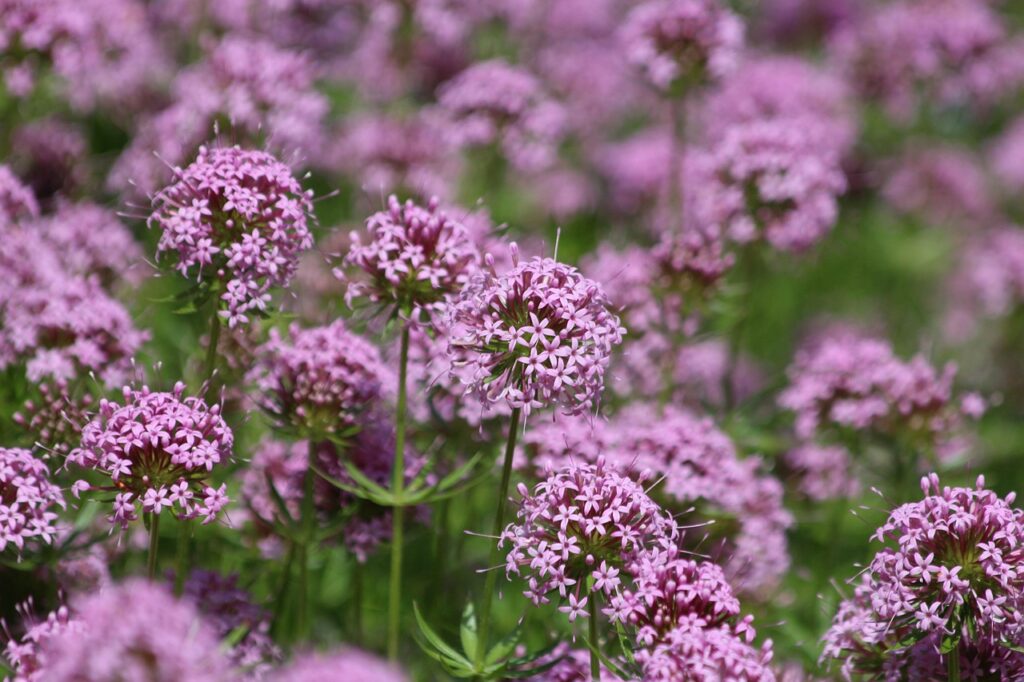
Phuopsis stylosa is relatively easy to care for and makes an excellent choice for borders and flowerbeds. Please consider the following points:
Sunlight
Thrives in full sun to partial shade. More sunlight encourages abundant flowering.
Watering
Water generously when the soil surface dries. Avoid waterlogging and ensure good drainage.
Soil
Prefers fertile, well-drained soil. Leaf mold or soil suited for rock gardens is ideal.
Fertilizer
Apply slow-release fertilizer in early spring to promote healthy growth and flowering. Keep additional feeding moderate.
Pruning
Trim after flowering to maintain shape and encourage vigorous growth for the next season. Cut back stems if they spread excessively.
Cold tolerance
Fairly hardy, but in colder regions, provide mulching or frost protection.
Conclusion
Phuopsis stylosa is a perennial that produces clusters of small pink flowers in early summer, filling gardens with a soft fragrance.
Native to the Caucasus, it was introduced into European garden culture in the 19th century.
Well-suited for ground cover and rock gardens, it enhances spaces with both its appearance and fragrance. With its hardy nature and adaptability to full sun or partial shade, it is an excellent choice for creating natural and elegant gardens.

